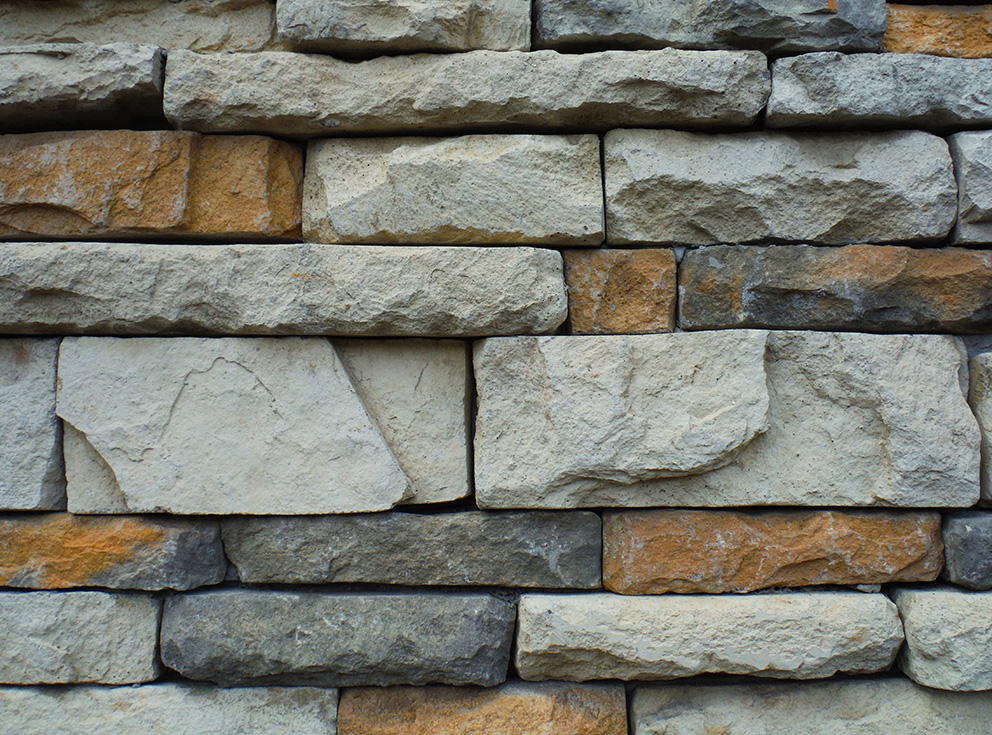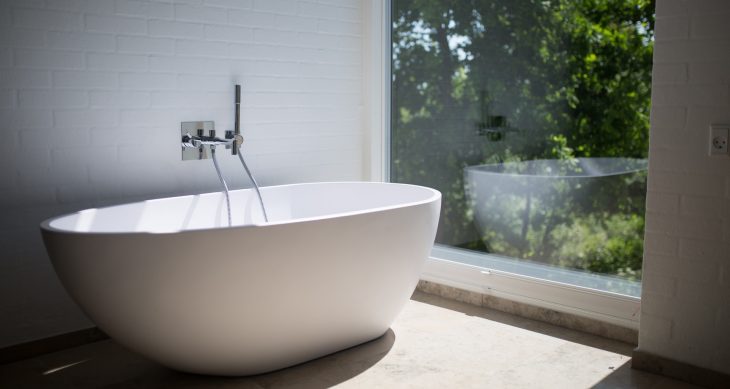
- Posted on
- Comments 1
Natural Stones as Flooring Material
Amongst all of the flooring materials, not one is more tasteful and screams luxury as much as natural rock. The expression “natural rock” refers to various mountain-born mineral compounds which stand compared to any artificial or manufactured stone products. Common all-natural stone flooring comprises slate, granite, limestone, and sandstone—every one of which has slightly different attributes. It is important to comprehend the features of the sort of stone flooring tile you’re buying so as to find out whether it’s suitable for a particular site.
As you search for natural stone tiles, certainly there are a range of general aspects you ought to think about.
Absorption Score
The absorption score describes how porous a specified material is. The more absorbent it is, the more vulnerable the stone is going to blot. Absorbent stone may also be susceptible to breakage harm if it’s exposed to freezing conditions. Natural stones fluctuate considerably in their absorption levels, together with sandstone being the very porous and granite the most impervious to water absorption. Absorption rates are classified in accordance with the following conditions:
- Non-vitreous: This is actually the maximum absorption amount. Generally, non-vitreous tiles shouldn’t be utilized in almost any moist atmosphere.
- Semi-vitreous: Though these tiles are somewhat less absorbent, the longer liquid they’re subjected to, the more upkeep they’ll require.
- Vitreous: This is actually the conventional absorption amount for floors tiles and these substances are usually considered suitable for many low- to mid-traffic indoor and outdoor uses.
- Impervious: All these substances are resistant to the absorption of fluids and consequently will be the least difficult to maintain. They are generally utilized for high-traffic, industrial uses.
Generally, sandstone is the most porous all-natural stone material. Travertine, limestone, and slate have moderate absorbency, while granite is relatively watertight. Polished materials also consume less water than cleft surfaces. These types of stones are still used today in any kind of property for sale.
Grade
Some retailers use a grading system to rate the standard of materials. This may refer to the dimensions, shape, and depth of the tile, in addition to the state of its surface. Most grading methods have three degrees of quality:
- Grade 1 describes to high quality, uniform substances.
- Grade 2 includes substances with slight flaws, like scratches, chips, or irregular surfaces.
- Grade 3 substances have significant flaws in dimension, surface, shape, or chipping, which makes them suitable just as accent pieces, or for some rustic decorative uses.
Coefficient of Friction
This measures how slick different materials are. The higher the coefficient, the greater grip a tile is going to have. This number is particularly important in moist environments such as kitchens and bathrooms, in addition to high-traffic industrial places. The Americans with Disabilities Act requires that floor material includes a minimum of a.6 dryness coefficient at home. When you are thinking to sell your own home, take note of this in order to meet the standards.

Indoor vs. Outdoor Rating
Some natural stone flooring materials are far more suited to outdoor uses than others. The number of the variables above will determine if or not a substance ought to be utilized in an open-air atmosphere. Non-vitreous materials will be susceptible to staining through grime and acid rain, in addition to breaking when absorbing substances to freeze and expand. Stones that have a very low coefficient of friction may even pose a falling hazard through snow and rain storms.
Oxidation
Natural rock substances are formed under the earth over millions of years and frequently have an assortment of disparate elements. Occasionally iron is found in such substances, which may manifest as vivid floral and red hues at the top layer of the rock. The issue in an outside environment is that those traces of iron may oxidize, a procedure more commonly called rust. This may lead to the whole tile to degenerate over time.
Advantages of Utilizing Natural Stone Floors
There are lots of aesthetic and functional reasons why natural stone floors can be a fantastic alternative:
- Each piece of rock is a special creation of the planet, making every floor program one of a kind. Every floor is completely unique.
- The mountain-born attributes of this rock can help give living spaces an immediate and endless connection to the natural world, unlike any other construction material.
- Stone tiles are organic, nonpolluting, eco-friendly bits. Purchasing stones that were obtained locally can cut back on the environmental effect of transport.
Check out the Macq 01 hotel in Hobart Tasmania to see great applications of natural stone in decor.
Drawbacks of Using Natural Stone Floors
Additionally, there are some drawbacks to using natural stone:
Together with the exclusion of granite and a few slates, natural stone is very porous and has to be treated using a sealing agent occasionally to safeguard its own surfaces. Some glistening materials like marble could scratch easily. Some stones are extremely brittle and can chip easily.
When buying natural stone flooring it’s necessary to do your research and know the features of the substance you’re buying. Figure out if it’s best for your particular program and how much care it will need. Consult your merchant inquiries, and thoroughly research these stones prior to making a purchase.
Usually, there are two varieties of natural stone materials utilized in construction.
1. Artificial Stone
Artificial rock is known as agglomerate stone. As with other artificial products, it’s manufactured using specific chemicals. Agglomerate rock is made of rock chips or granules held jointly using polyester resin and then covered with substances like epoxy as a coating.
It is typically cheaper than natural rock, but the resin can contain compounds, such as styrene and trace quantities of cobalt. Both compounds can lead to cancer and may be damaging to the nervous system, reproductive system, and respiratory system amongst others. Artificial rock is usually considered safe for human health. But these substances from flooring materials can influence those residing with these floors materials has not been adequately studied. Some types of flooring also have pebble mix added in into acrylic resin or concrete.
2. Natural Stone
Natural stone was used in the construction industry for ages. In reality, its usage for construction stems back into the times of early Egyptians and Greek empires. Nowadays, it’s still used inside for floors, wall finishes (rock fireplace and tile rock), and countertops. Examples of natural rock which are used for floors include slate, granite, marble, limestone, and travertine.
- Natural rock comes in both soft and tough rock types. They’re listed under softest to hardest.
- Limestone is a soft rock and so shouldn’t be utilized in high traffic locations.
- Granite is a harder rock than limestone but may be stained. Granite is most frequently utilized in toilet settings along with other high moisture areas which are places with reduced traffic.
- Slate has been used in the construction industry for ages. It is a durable, stain- and acid- resistant rock that’s compact and powerful. Slate doesn’t absorb moisture and is frequently found in large moisture and higher traffic locations.
- Granite is one of the hardest stones out there for floors. It’s extremely resistant to heat, stains, and scratches. It is used on high traffic places such as lobbies of hotels such as this Waterfront accommodation in Tasmania.

















